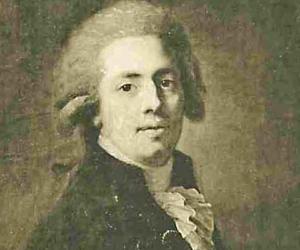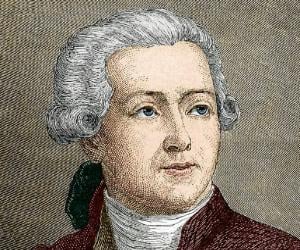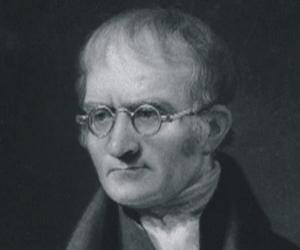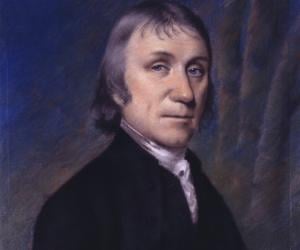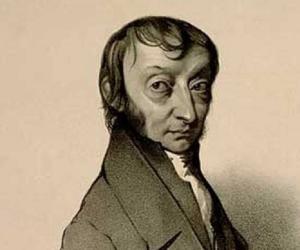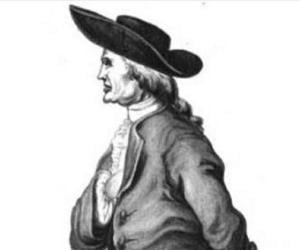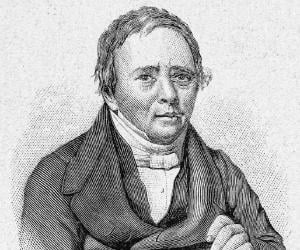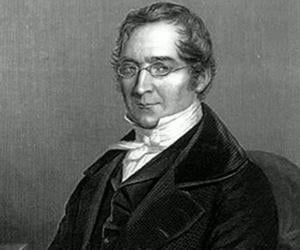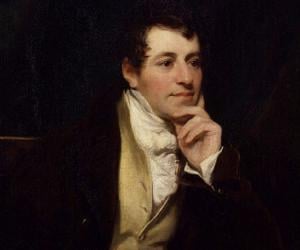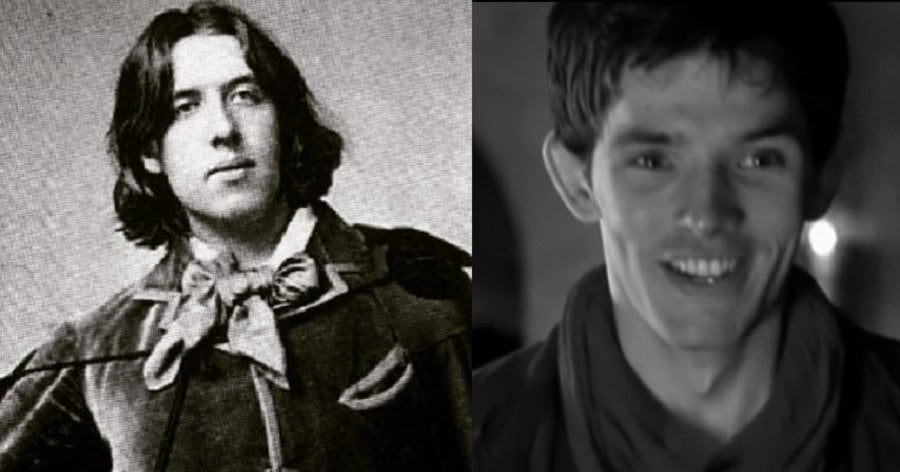Antoine Lavoisier was a French chemist and nobleman. He played a crucial role during the chemical revolution of the 18th-century. Widely regarded as the father of modern chemistry, Lavoisier had a major influence on the history of biology as well as the history of chemistry. He also helped build the metric system.
John Dalton was an English chemist, physicist, and meteorologist most famous for introducing the atomic theory into chemistry. He also contributed a lot to the study of color blindness, sometimes referred to as Daltonism in his honor. He was the first scientist to refer to the smallest particle of matter as an “atom.” He was a Quaker and lived modestly.
Best remembered for his contribution to the chemistry of gases, Joseph Priestley was an English scientist, clergyman, political theorist and educator, who has been credited with discovering oxygen independently, publishing his findings before Carl Wilhelm could. A prolific writer, he has authored 150 works on various subjects including electricity. He also contributed immensely to the advancement of political and religious thoughts.
Son of a reputed senator and lawyer in Italy, Amedeo Avogadro was himself a qualified lawyer. However, he later delved into research as a mathematical physicist and is best remembered for laying down the Avogadro’s law, contributing to the molecular theory of gases. The Avogadro constant is named after him.
English natural philosopher, scientist, and a prominent experimental and theoretical physicist and chemist Henry Cavendish is best-remembered for his discovery of hydrogen and his Cavendish experiment. He first recognized that hydrogen, which he termed inflammable air, is a discrete substance which produces water on combustion. He conducted the Cavendish experiment to measure and produce a value for Earth’s density.
Hans Christian Ørsted was a Danish chemist and physicist. He was the first person to discover that electric currents can be used to create magnetic fields. His discovery was the first relationship found between magnetism and electricity. Oersted, the unit of the auxiliary magnetic field H, is named in his honor.
Known for his pathbreaking Gay-Lussac's Law, French chemist-physicist Joseph Louis Gay-Lussac was also the first, along with his colleague Alexander von Humboldt, to discover that water is composed of one part of oxygen and two parts of hydrogen. His name is one of the 72 that adorn the Eiffel Tower.
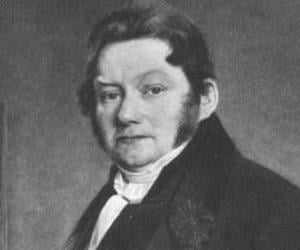
Jöns Jacob Berzelius was a Swedish chemist who is often counted among the founders of modern chemistry alongside Robert Boyle, Antoine Lavoisier, and John Dalton. He is also referred to as the Father of Swedish Chemistry. Jöns Jacob Berzelius is also credited with making immense contributions to the field of stoichiometry. In 1836, he was honored with the Copley Medal.
Best remembered for his invention of the Davy lamp, a safety lamp for miners, Humphry Davy initially aspired to be a doctor but later deviated to chemistry. The Copley Medal winner had co-founded the Zoological Society of London. He also excelled in writing poetry and loved fishing.
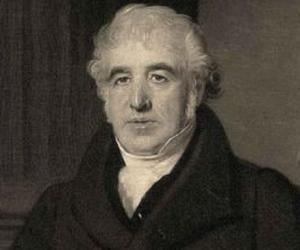
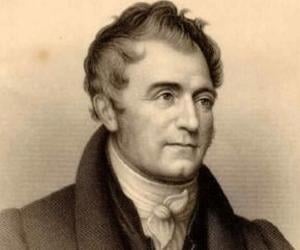
Éleuthère Irénée du Pont was the founder of the American gunpowder company E. I. du Pont de Nemours and Company and the patriarch of the famous du Pont family of businessmen. Born in France, du Pont had escaped to the U.S. with his family during the French Revolution.
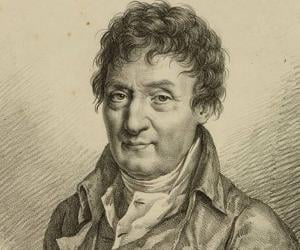
Best known for developing the Charles’s law, which explains the expansion of gases when heated, Jacques Charles was a prominent French physicist. He was the first to ascend in a hydrogen-filled gas balloon, thus pioneering hot-air balloon flight. The Académie des Sciences member later became a professor of physics.
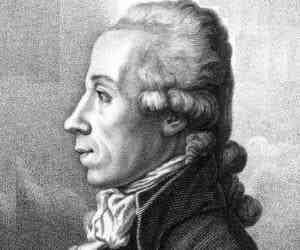
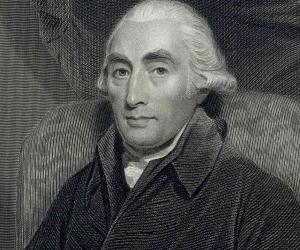
Joseph Black was an 18th-century Scottish physicist and chemist. He is remembered for his discoveries of magnesium, specific heat, latent heat, and carbon dioxide. He spent several years of his career as a professor of medicine and chemistry at the University of Edinburgh. In 1783, he became one of the founders of the Royal Society of Edinburgh.
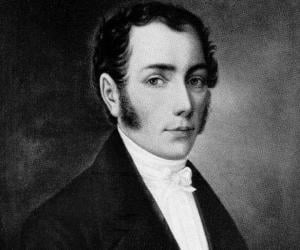
Joseph von Fraunhofer was a Bavarian optical lens manufacturer and physicist. He is credited with developing diffraction grating and inventing the spectroscope. He is also credited with discovering the Fraunhofer lines, the dark absorption lines produced in the spectrum of the sun. The Fraunhofer Society, Europe's biggest Society for the Advancement of Applied Research, is named in his honor.
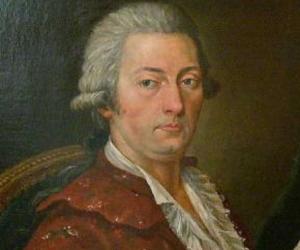
Born to a German merchant, Carl Wilhelm Scheele was initially trained as a pharmacist but later switched to chemistry. He began his academic career in Sweden. He is best known for discovering oxygen, apart from countless chemical elements such as barium and chlorine and many organic acids.
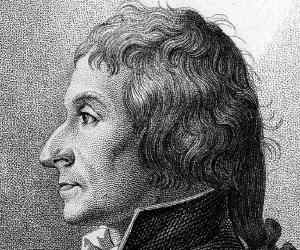
Initially training to be an apothecary like his father, Joseph Proust later deviated to pharmacy and then to chemistry. He is best remembered for developing the law of definite proportions, also known as the Proust's law, which states that pure chemical compounds always consist of constant proportions of constituent elements.
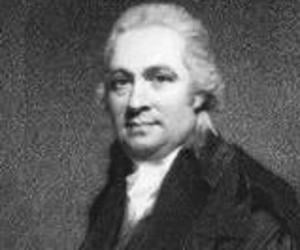
Best known for discovering nitrogen gas, Scottish chemist Daniel Rutherford was also initially a practicing physician. A skilled botanist, he also taught botany at the University of Edinburgh. His other inventions include the maximum and minimum thermometers. He also co-founded the Royal Society of Edinburgh.
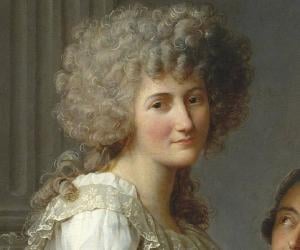
At 13, Marie-Anne Paulze Lavoisier had married lawyer and chemist Antoine Lavoisier. Her mastery of English helped her assist her husband communicate with his collaborators. She also illustrated her husband’s books and eventually negotiated with Joseph Priestley, on his behalf, over the naming of oxygen, which Priestley had discovered.
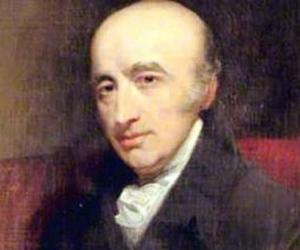
William Hyde Wollaston was a pioneer of powder metallurgy and the first to develop malleable platinum from its ore. He is also credited with the discoveries of palladium and rhodium. A Fellow of the Royal Society, he dictated his last Bakerian lecture, as he was too ill to deliver it.
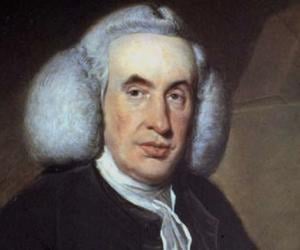
Apart from being a prominent Scottish physician, William Cullen was also a main pillar of the Scottish Enlightenment. Not only did he treat luminaries such as philosopher David Hume, but he also treated the poor free of cost. A University of Edinburgh professor of medicine, he was also a Royal Society Fellow.

Georg Brandt was a Swedish mineralogist and chemist best remembered for discovering cobalt. He is also credited with identifying and exposing fraudulent alchemists. Georg Brandt also served as a professor at Uppsala University.
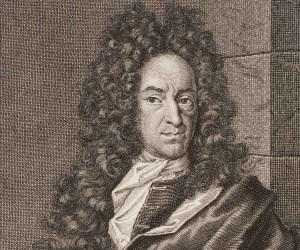
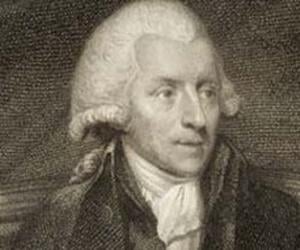
Born to a surgeon, William Withering followed in his father’s footsteps to become a physician, though he also had immense knowledge of botany, geology, and chemistry. He not only treated edema, or dropsy, with the help of the foxglove plant but also studied scarlet fever and suggested rum as a medical substitute.
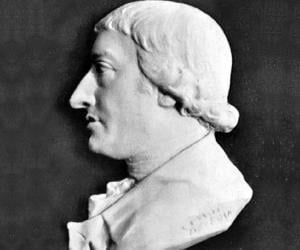
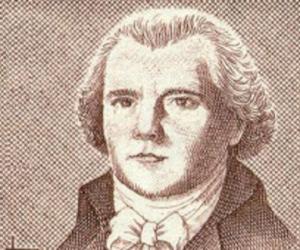
Johan Gadolin was a Finnish physicist, chemist, and mineralogist. He achieved popularity for his description of yttrium, the first rare-earth element. Johan Gadolin is also remembered for his service as a professor at the Royal Academy of Turku, where he became one of the first chemists to give laboratory exercises to students.
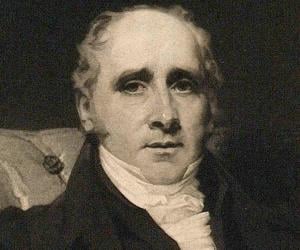
The third son of physician and botanist John Hope, Thomas Charles Hope began his career teaching chemistry and medicine and eventually chaired medicine at the University of Glasgow. He is remembered for discovering the element strontium and also explained why icebergs float. He eventually became a Fellow of The Royal Society.
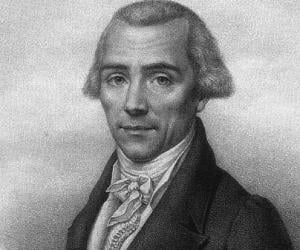
Louis Nicolas Vauquelin was a French chemist and pharmacist. He is best known for his discoveries of chromium and beryllium. He worked as an assistant in the laboratory of chemist A. F. Fourcroy and later obtained the post of laboratory assistant at the Jardin du Roi. He eventually became a professor at the University of Paris.
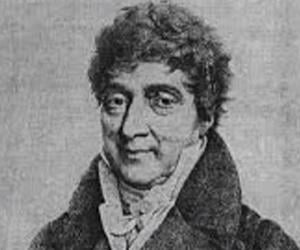
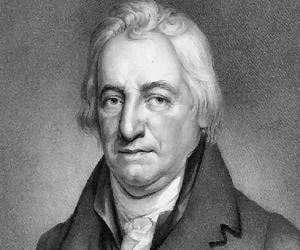
Savoyard-French chemist Claude Louis Berthollet is known for reorganising chemical nomenclature with his colleagues and for introducing the use of chlorine gas as a commercial bleach. He developed a solution of sodium hypochlorite as a modern bleaching agent, first ascertained the elemental composition of ammonia gas, and introduced the reversible reaction concept leading to development of the chemical equilibrium concept.

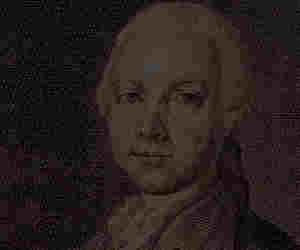
Giovanni Antonio Scopoli was an Italian naturalist and physician. He published a number of taxonomic works, such as Entomologia Carniolica, which described hundreds of new species. Giovanni Antonio Scopoli also served as a professor at the University of Pavia and the Mining Academy in Schemnitz.
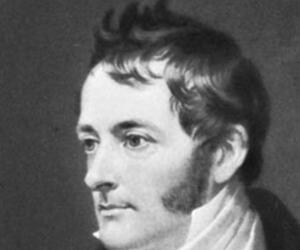
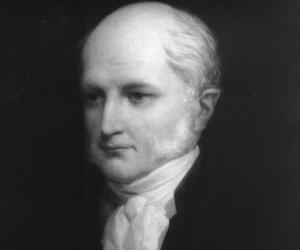
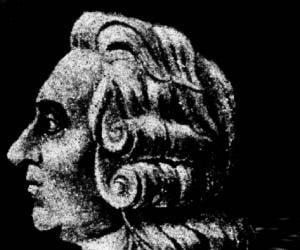
Axel Fredrik Cronstedt was a Swedish chemist and mineralogist. He is best remembered for discovering nickel in 1751. Widely regarded as a founder of modern mineralogy, Cronstedt is credited with introducing the blowpipe for mineralogists. In 1753, Axel Fredrik Cronstedt was inducted into the Royal Swedish Academy of Sciences.

Alexandre-Théophile Vandermonde initially made a name for himself as a violinist. He drifted to mathematics much later, at age 35, and became famous for his determinant theory in mathematics and for solving a complex math problem called The Knight's Tour. His memoirs are invaluable to understanding math.
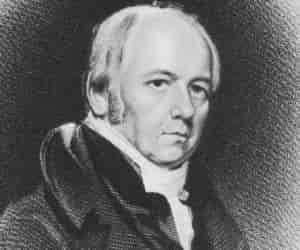
William Nicholson is best remembered for discovering the electrolysis of water, which revolutionized the chemical industry. His inventions also include his own hydrometer and launched the first independent science journal. Inspired by his writer friend Thomas Holcroft, he also penned An Introduction to Natural Philosophy, his best-known written work.
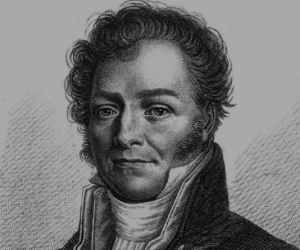
French chemist Louis-Jacques Thenard was born to a farm worker and was educated on scholarships. He grew up to teach chemistry and also joined the Royal Swedish Academy of Sciences as a foreign member. He is remembered for his discovery of hydrogen peroxide and Thenard’s blue, used in coloring porcelain.
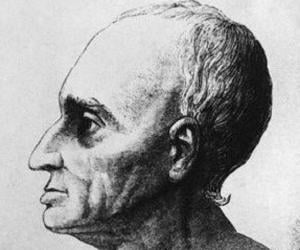
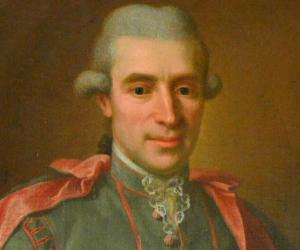
Torbern Olof Bergman was a Swedish mineralogist and chemist. He is best remembered for his 1775 work Dissertation on Elective Attractions, which contains the largest chemical affinity tables. He also contributed immensely to the development of quantitative analysis. Torbern Olof Bergman also taught physics and mathematics at the University of Uppsala.
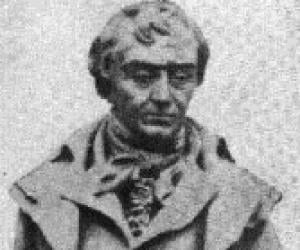
Known as the inventor of the now-obsolete Leblanc process, Nicolas Leblanc was employed as a physician when the French Academy of Sciences offered a prize for developing a process, which would turn common salt into soda ash. Using sea salt and sulfuric acid as the raw materials, Nicolas Leblanc soon developed a technique that was widely followed during the 19th century.
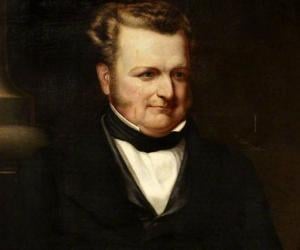

French nobleman and scientist Jean-Louis-Paul-François de Noailles, 5th Duke of Noailles, a member of Académie des sciences, was a Knight of Golden Fleece. He became Duc d'Ayen following his grandfather's death, and Duc de Noailles following his father's death. He went into self-imposed exile in Switzerland until the Bourbon Restoration and then took the prestigious position of Peer of France.
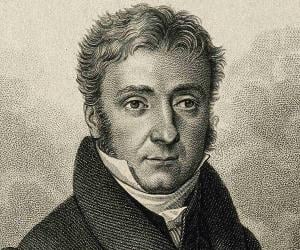
French physicist and chemist Pierre Louis Dulong FRS FRSE is best-remembered for proposing the thermodynamic law called the Dulong–Petit law with fellow scientist Alexis Petit. Subjects of his scientific studies included the elasticity of steam, specific heats of gases and conduction of heat. He discovered nitrogen trichloride, worked on specific heat capacity, and expansion and refractive indices of gases.
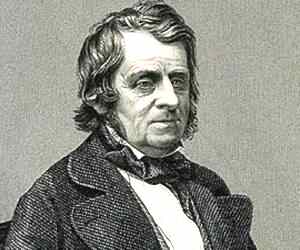

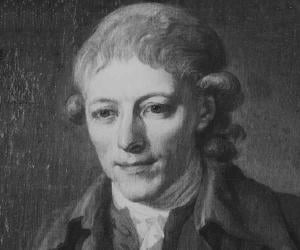
Johan Gottlieb Gahn was a Swedish metallurgist and chemist best remembered for discovering manganese in 1774. He is also credited with introducing improvements in copper smelting. In 1784, Johan Gottlieb Gahn was inducted into the Royal Swedish Academy of Sciences.
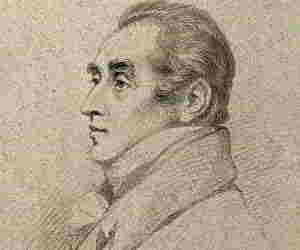
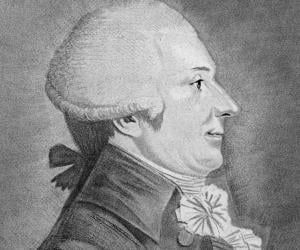
Louis-Bernard Guyton de Morveau initially followed in his father’s footsteps to become a lawyer. He later deviated to chemistry and set up a laboratory at home. He propagated the phlogiston theory and later laid down the first systematic method of naming chemical substances. He also earned the Legion of Honour.
